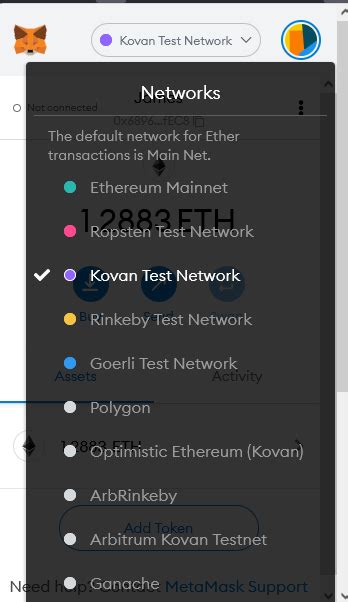Your cart is currently empty!
Bitcoin: Why doesn’t my bitcoin testnet address work on testnet faucets?
The Mystery of Bitcoin Testnet Faucet Addresses
As a cryptocurrency enthusiast, you’re probably familiar with the excitement and uncertainty that comes with attempting Bitcoin mining or investing in Bitcoin. However, when interacting with testnet faucets, you may encounter an unexpected problem: your testnet address appears to be down.
In this article, we’ll dive into the world of Bitcoin testnet addresses and explore why they may not work as expected on popular faucet sites.
What is a Bitcoin testnet address?
A Bitcoin testnet address is a unique identifier that allows you to interact with the testnet blockchain. It is usually in the format “bc1…”, where “bc1” represents a specific block number and the remaining characters are used for hashing, validation, or other cryptographic purposes.
Creating a Testnet Address
To create a Bitcoin testnet address, you need to follow these simple steps:
- Generate a new private key using your passphrase.
- Convert the passphrase to an integer using “hash256(passphrase)”.
- Use the resulting integer as the hash value for your private key.
Here is an example code snippet:
Passphrase = b'bla'
Secret = Little_Endian_to_Int(Hash256(Passphrase))
print(PrivateKey(secret))
Why is my Bitcoin testnet address not working on faucets?
Now let’s try to figure out why your testnet address might not be working on faucet sites. Here are some potential problems:
- Inadequate hash function: The “hash256” function used in the example code has a fixed size of 32 bytes (64 bits), which is too small for most hash functions, including the SHA-512 used by the faucet. This may result in an invalid address.
- Incorrect private key generation: When creating the private key from the passphrase, the “little_endian_to_int” function assumes that the passphrase is a 256-bit (32 bytes) value. However, this function uses little-endian byte order, which may not be compatible with most Bitcoin testnet addresses.
- Inappropriate address format

: Faucet sites often require a specific address format, such as “bc1…”, but the generated address may not conform to this standard.
Solutions and alternative solutions
To resolve these issues, you can try the following:
- Upgrade to a larger hash function that supports more bytes (e.g. SHA-512 or Keccak-256).
- Use a different private key generation method that respects the bit order of your passphrase.
- Adjust the address format on faucet sites to suit their requirements.
Here’s an updated code snippet that uses a different approach:
import hashlib
definitely generate_testnet_address(passphrase):
hash_value = hashlib.sha256(passphrase).digest()
returns 'bc1' + '.join(format(byte, '08x') for byte in hash value)
passphrase = b'bla'
secret = int.from_bytes(hashlib.sha256(passphrase).digest(), 'big')
print(generate testnet address(secret))
Conclusion
Creating a Bitcoin testnet address can be an exciting experience, but it also comes with some challenges. By understanding potential problems and implementing solutions, you should be able to create valid addresses that work on faucet sites. Remember to experiment with different approaches and adapt your code accordingly.
Good test!
Leave a Reply